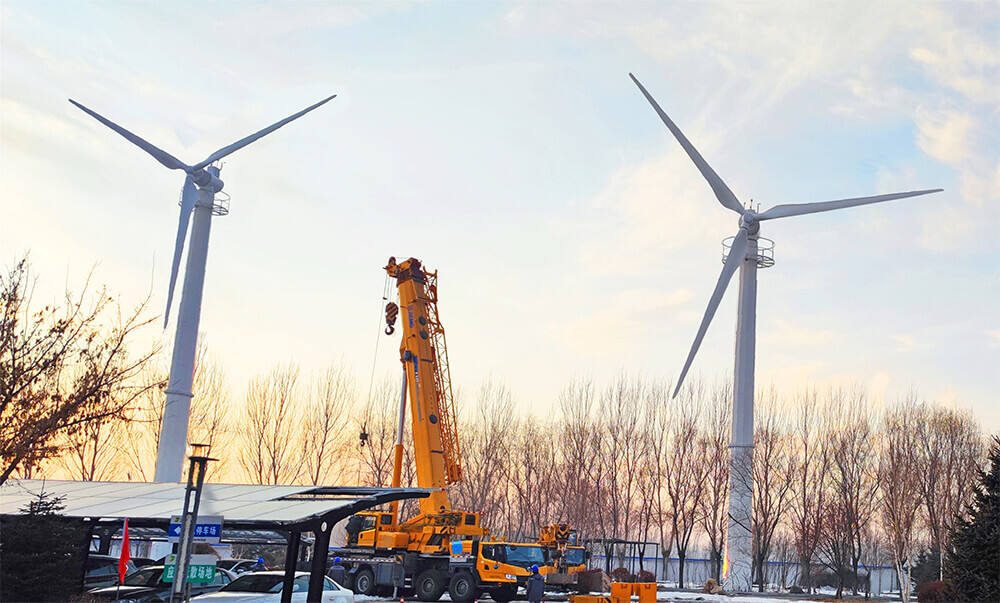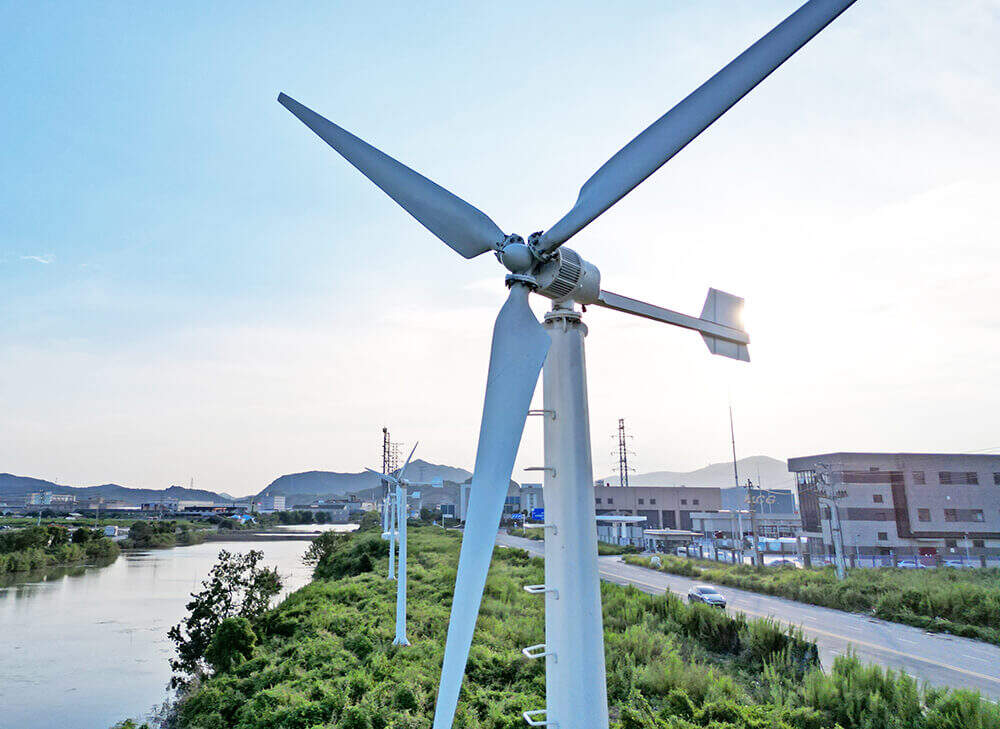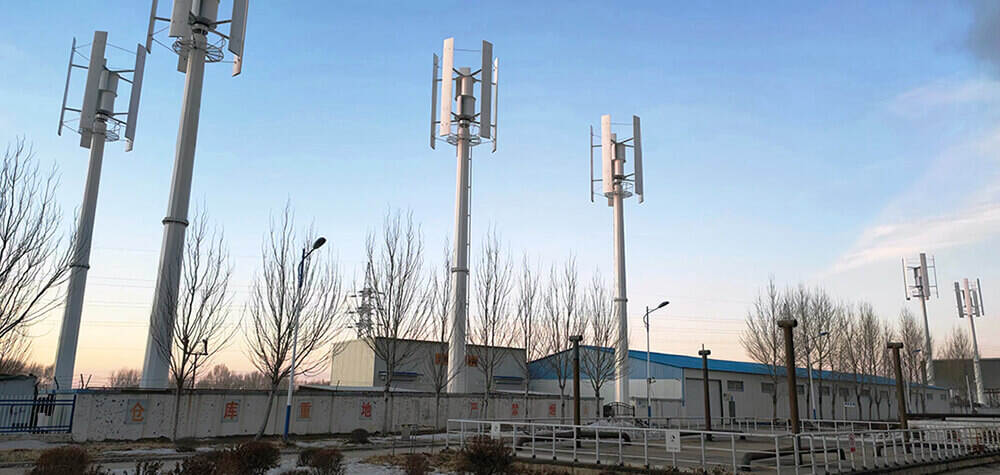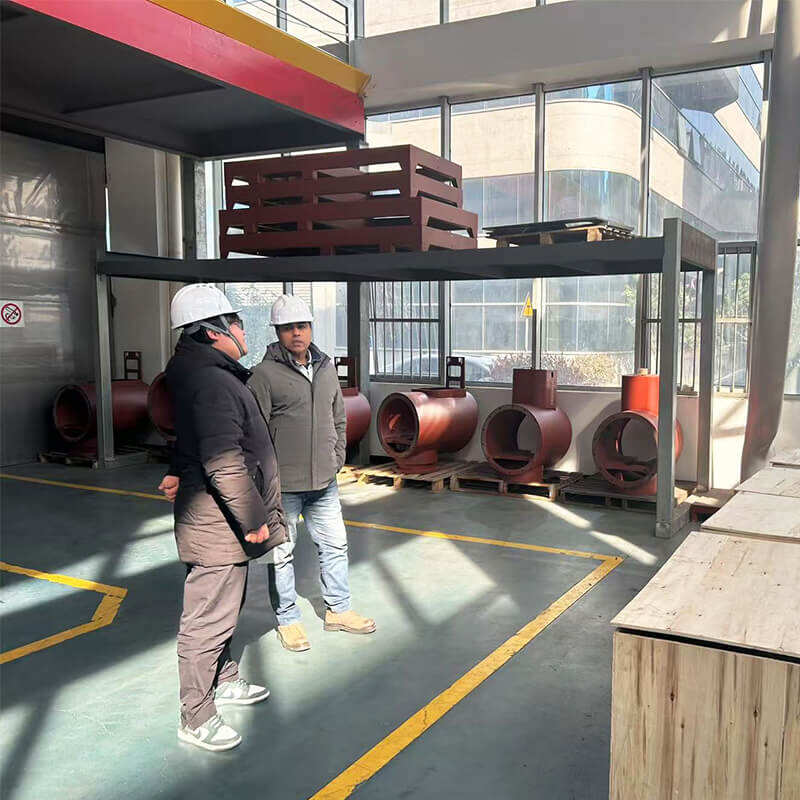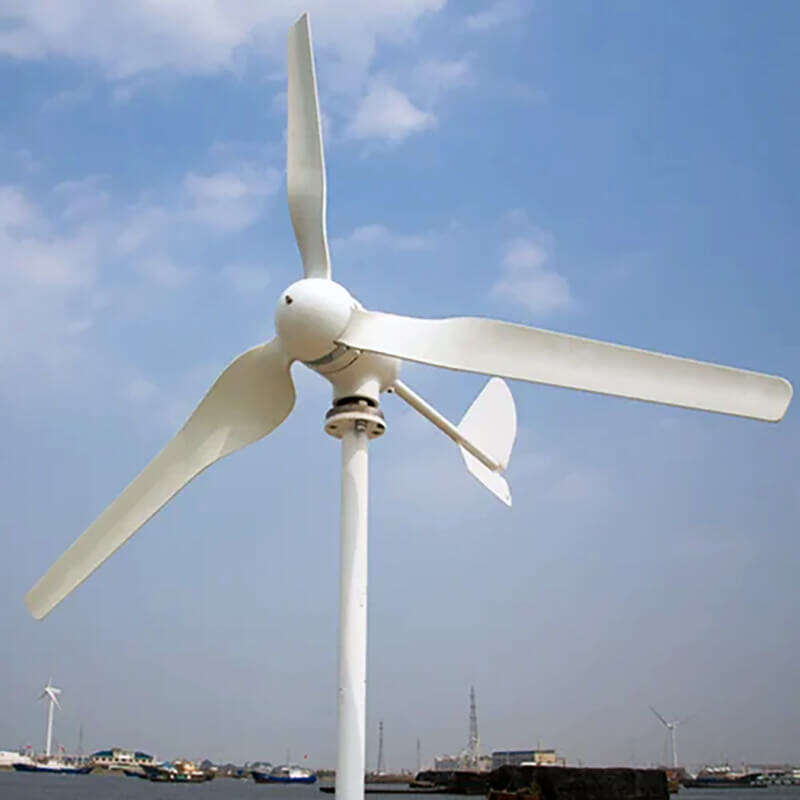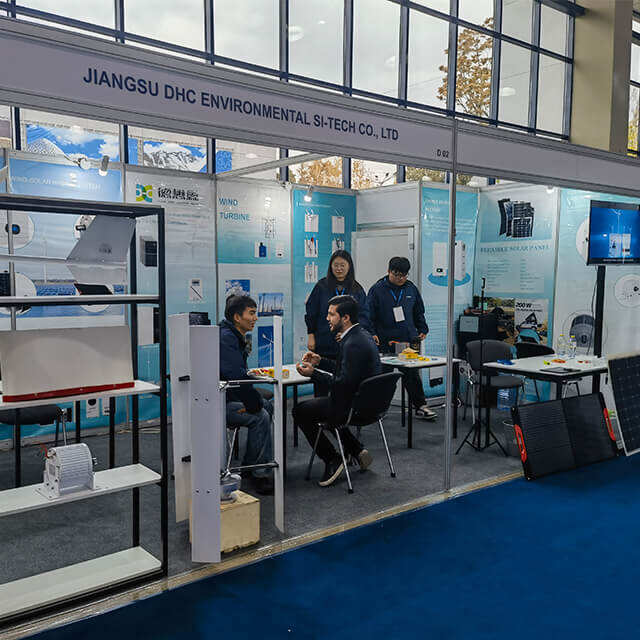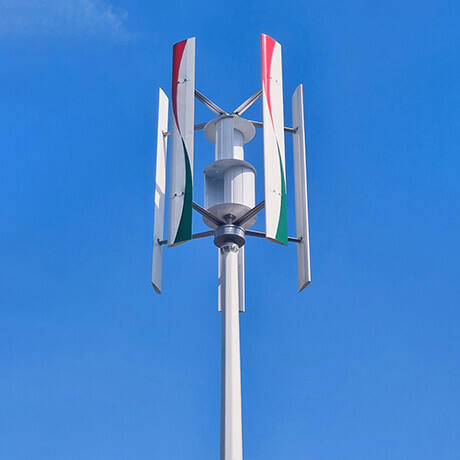Advantages And Disadvantages of Horizontal Axis And Vertical Axis Wind Turbines
What are the primary advantages and disadvantages of different types of wind turbines, such as horizontal axis and vertical axis designs?
Wind generators have become increasingly popular as a means of generating renewable energy. However, there are different types of available, each with its own set of advantages and disadvantages.
Wind turbines are a type of renewable energy technology that harnesses the power of the wind to generate electricity. They come in different shapes and sizes, but the most common types are horizontal axis and vertical axis designs. Each type of wind generators has its own set of advantages and disadvantages that must be considered when deciding which type to use.
Horizontal axis wind turbines are the most common type of turbine used today. These turbines have a horizontal axis, with the blades rotating around a central hub. Its primary advantages are as follows:
Advantages:
1. Efficiency: Horizontal Axis wind generators are more efficient than other types, because they can generate more electricity from the same amount of wind.
2. Easy Maintenance: They are easier to maintain than other types, because their components are easily accessible.
3. Larger Blades: Horizontal Axis Turbines can have much larger blades than other types, which means they can generate more electricity.
However, Horizontal Axis Wind Turbines also have some disadvantages:
Disadvantages:
1. Noise: Horizontal Axis Wind Turbines can be noisy, which can be a problem for people living near wind farms.
2. Large Size: They are usually quite large, which means they require a lot of space to operate. This can be a problem in densely populated areas.
3. Bird and Bat Mortality: Horizontal Axis Wind Turbines can pose a risk to birds and bats, which can collide with the spinning blades.
Vertical axis wind turbines are a less common type of turbine that has its axis perpendicular to the ground. Its primary advantages are as follows:
Advantages:
1. Size: Vertical axis wind turbines are usually smaller than Horizontal Axis type, which means they can be installed in smaller spaces.
2. Less Noise: Vertical axis turbines are typically quieter than Horizontal Axis wind generators, making them a better option for areas where noise is a concern.
3. Safer for Birds: They are less likely to harm birds and bats because their blades move at a slower speed.
However, Vertical axis wind turbines also have some disadvantages:
Disadvantages:
1. Less Efficient: Vertical axis wind generators are less efficient than Horizontal Axis Turbines because they cannot generate as much electricity from the same amount of wind.
2. Limited Availability: They are less common than Horizontal Axis Turbines, which means there may be fewer options available for installation and maintenance.
3. Maintenance Challenges: Vertical axis wind generators have more complex components, making maintenance more challenging.
Both Horizontal Axis and Vertical axis wind turbines have their own unique advantages and disadvantages. Horizontal Axis Turbines are generally more efficient and scalable, while vertical axis turbines are better suited for certain residential applications due to their low noise pollution and wind direction independence. Ultimately, the choice of turbine design will depend on the specific needs and requirements of the wind energy project.


